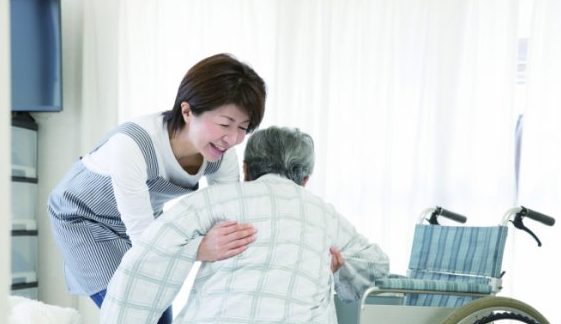On June 3, 2025, Lee Jae-myung of the Democratic Party of Korea was elected as the 21st President of South Korea. The AsiaN is publishing the hopes and expectations of Koreans for the new president and administration in both Korean and English editions. We welcome the interest, feedback, and constructive criticism of our readers.
The AsiaN Editorial Team

By Hyun Jeong Kim, MD, MPH, Ph.D.
Professor, School of Dentistry, Seoul National University
President, Korean Society of Digital Health
Executive Board Member, Federation of Asian Dental Anesthesiology Societies (FADAS)
SEOUL: Following the presidential election on June 3, the Republic of Korea once again stands at a critical juncture, where it needs to chart a clear course toward becoming a true welfare state. As the nation enters a super-aged society, community-based integrated care should go beyond being a mere welfare policy and become a cornerstone of national sustainability. However, the working conditions of care workers—the very backbone of the care system—remain stagnant. At this pivotal moment, a pragmatic and reality-based redesign of community care (實事求是, silsagusi) is urgently called for. The new president is urged to prioritize the reconstruction of community-based integrated care and the guarantee of care workers’ rights on the national agenda.
On March 26, 2024, the Act on Integrated Support for Community-Based Integrated Care Including Medical and Long-Term Care was passed by the National Assembly. This legislation aims to establish a system that enables individuals in need of care—including older adults and people with disabilities—to lead healthy, independent lives within their communities by delivering integrated and coordinated services across healthcare, long-term care, and daily living support. Significantly, it grants local governments the authority and responsibility to function as ‘control towers’ of care—planning services for residents, identifying those in need, and developing individualized care plans.
However, despite broad social consensus around the law’s intent, the legislation itself contains numerous limitations. The system’s success depends heavily on the coherence and effectiveness of its implementing regulations, making the enforcement decree and accompanying presidential orders critically important. The most pressing concern is the absence of clear provisions regarding funding and workforce recruitment. Furthermore, while the long-term care insurance system launched in 2008 still relies heavily on private outsourcing, the new law, though emphasizing public accountability, fails to provide a practical roadmap for integrating health and welfare services. It also overlooks the need for concrete measures to improve care workers’ conditions, ensure stable staffing, and protect labor rights.
In its current form, the legislation falls short of bringing meaningful change on the ground. Ultimately, care is a human endeavor—and without sufficient investment in people, sustainability cannot be achieved.
Care workers are on the frontlines of Korea’s welfare system, providing daily support to the most vulnerable members of society. Yet their labor remains largely invisible in public discourse, and they continue to face low wages and physically demanding working conditions. Cure and care are fundamentally different concepts, and policies and systems should reflect this distinction. The voices of frontline experts—care workers themselves—need to be actively included in the policymaking process. With the nationwide rollout of community-based integrated care scheduled for 2026, the following policy improvements are essential to make the system truly pragmatic rather than symbolic.
First, the state ought to take responsibility for the training and development of care workers. Education quality varies widely across regions, and the privately dominated training system is often criticized for its ineffectiveness. Structured training to manage chronic conditions such as dementia, diabetes, stroke, oral health, and fall prevention is urgently needed. Nationally certified digital health modules and hands-on training programs should be introduced, accompanied by incentives like rank promotion and formal recognition for completion.
Second, policies to enhance the treatment of care workers should be put in place. Many falls outside the scope of the Labor Standards Act and deserve guarantees of regular rest and job security. Evaluations of care institutions should include indicators such as working conditions and protections against emotional labor, improving both the quality of care and labor.
Third, a truly integrated model linking community care and public health needs to be established. Local governments could establish control towers staffed by interdisciplinary care teams—including care workers, nurses, therapists, social workers, and dental hygienists—modeled after Japan’s care manager system. By leveraging digital health tools for real-time monitoring and AI-based predictive care, such a model can improve efficiency and help reduce healthcare costs.
Fourth, care work should be redefined as dignified labor—not merely physical work. Systems need to be created to recognize this labor as social value and public contribution. For example, care experience could be reflected in pension entitlements, health insurance discounts, or community contribution scores.
Lastly, a dignified death begins with dignified care. To build a society where people can spend their final days at home—and where care is synonymous with welfare—we must first examine and improve the lives of the care workers who, even now, hold the hands of our elders.
To the new president, I ask:
“Who will care for you in your old age—and how?”
The answer starts with guaranteeing the rights of care workers and designing a community care system grounded in reality.



